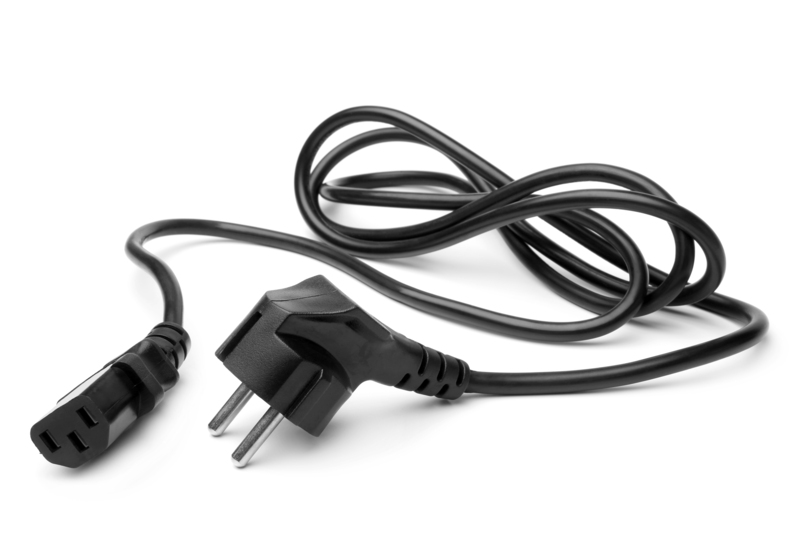General Guidelines for Lifting at Home and Work
Lifting, whether at home or work, is an activity that many people perform daily without giving it much thought. However, improper lifting techniques can lead to injuries, which can be severe and long-lasting. This article provides comprehensive guidelines to help you lift safely and effectively in any setting.
Understand Your Limits
One of the most crucial aspects of safe lifting is understanding your physical limits. Lifting objects that are too heavy for you can cause back strain, muscle injuries, or even more severe spinal damage.
- Assess the weight: Before lifting, always test the weight of the object by trying to move it slightly. If it feels too heavy, don't lift it.
- Use mechanical aids: When dealing with particularly heavy objects, use mechanical aids like dollies, carts, or lifting straps.
- Ask for help: Don't hesitate to ask someone for help if the object is too heavy or awkward for you to lift on your own.

Proper Lifting Techniques
Using proper lifting techniques is essential in preventing injuries. Follow these steps:
- Stand close to the load: Keep the object as close to your body as possible to reduce strain.
- Maintain a stable position: Keep your feet shoulder-width apart for stability.
- Bend your knees, not your back: Use your leg muscles to lift the weight, keeping your back straight.
- Grip firmly: Ensure you have a firm grip on the object before lifting.
- Lift smoothly: Avoid jerking movements. Lift the object in a controlled manner.
- Keep the object close: Hold the object close to your body to balance the weight evenly.
Proper Posture and Body Mechanics
Maintaining the correct posture and using good body mechanics can significantly lessen the risk of injury.
- Head up: Keep your head up as you lift to maintain the natural curve of your spine.
- Shoulders back: Keep your shoulders back to avoid hunching over.
- Engage your core: Tighten your abdominal muscles to provide additional support to your back.
- Avoid twisting: Turn your whole body instead of twisting your spine when you need to change direction.
Setting Up an Ergonomic Workspace
An ergonomic workspace can make a significant difference in preventing injuries associated with lifting.
- Use adjustable furniture: Invest in adjustable desks and chairs to maintain good posture.
- Keep frequently used items within reach: Avoid unnecessary stretching by placing commonly used items within arm's reach.
- Organize your space: Keep your workspace tidy to avoid tripping hazards and the need to move heavy objects frequently.
Taking Breaks and Stretches
Regular breaks and stretches can reduce muscle fatigue and prepare your body for lifting tasks.
- Take regular breaks: Don't work for extended periods without a break. Resting allows your muscles to recover.
- Stretch often: Incorporate stretching exercises to maintain flexibility and reduce muscle stiffness.
- Stay hydrated: Drink plenty of water to keep your muscles hydrated and functioning properly.
Pros and Cons
Pros:
- Reduces the risk of injury
- Improves physical fitness and strength
- Increases productivity and efficiency
- Promotes better posture and ergonomics
Cons:
- Requires time and effort to learn and apply proper techniques
- May need ergonomic adjustments and tools, which can be costly
- Some guidelines may require assistance, which is not always available
Tips for Safe Lifting
1. Warm-up: Always warm up your muscles before lifting heavy objects.
2. Plan your lift: Know where you are moving the object before you lift.
3. Use handles or grips if available: These can provide better control.
4. Breath properly: Exhale as you lift to reduce intra-abdominal pressure.
5. Keep pathways clear: Ensure the route is free of obstacles.

Key Takeaways
- Always assess the weight and use proper techniques.
- Maintain good posture and avoid twisting your back.
- Set up an ergonomic workspace to minimize the need for heavy lifting.
- Take breaks, stretch often, and stay hydrated.
Conclusion
Adhering to these general guidelines for lifting at home and work can significantly reduce the risk of injury and promote better overall health. By understanding your limits, using proper techniques, maintaining good posture, and setting up an ergonomic workspace, you can ensure that lifting tasks are completed safely and efficiently. Remember, the key to safe lifting is proper preparation and execution. Always prioritize your health and well-being when lifting, whether at home or work.





